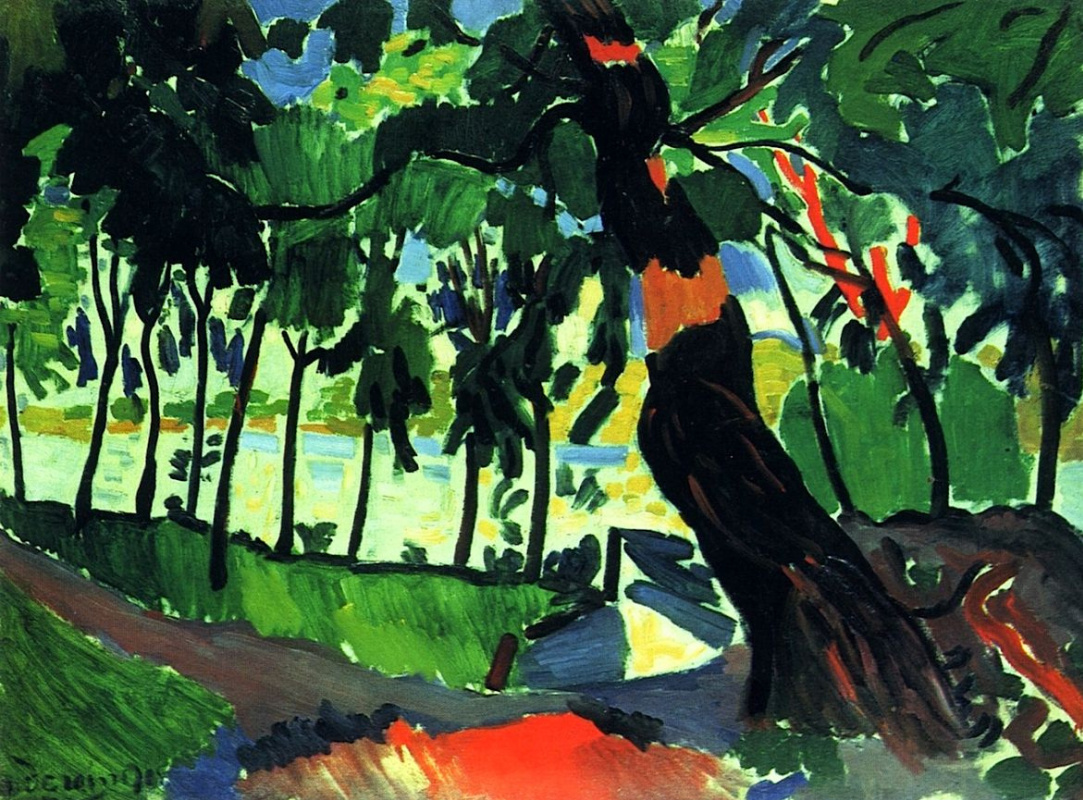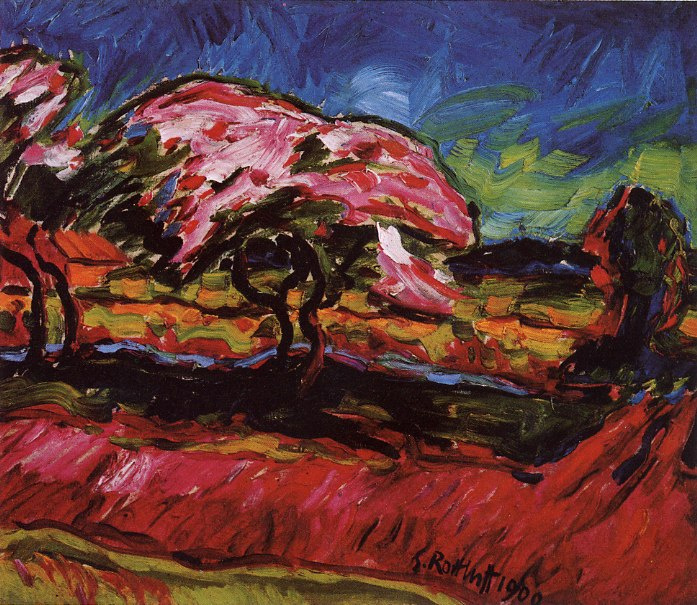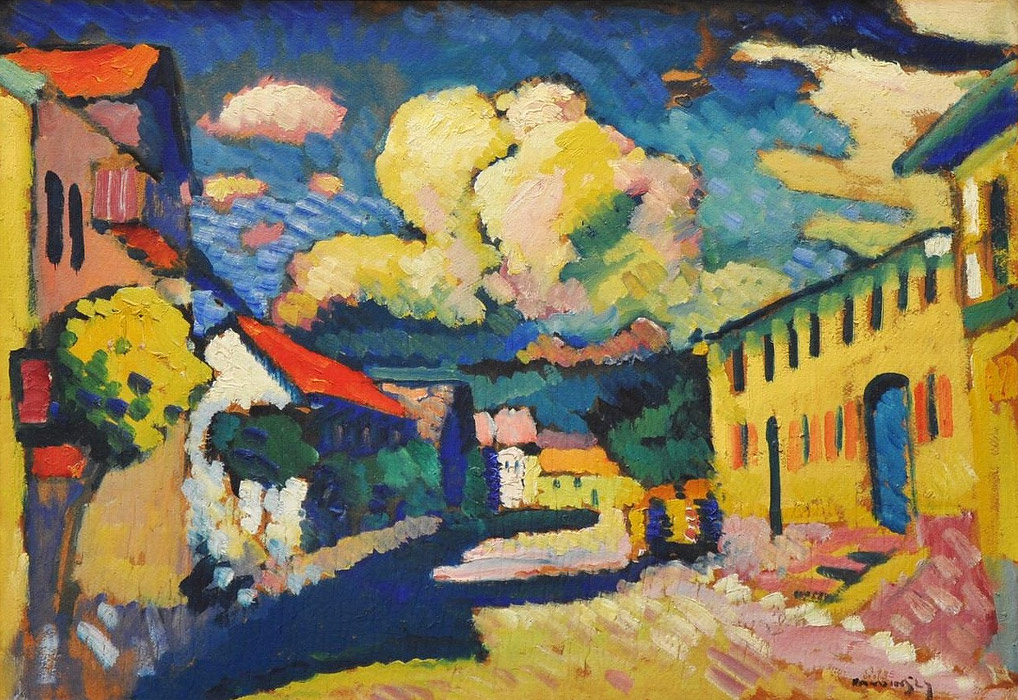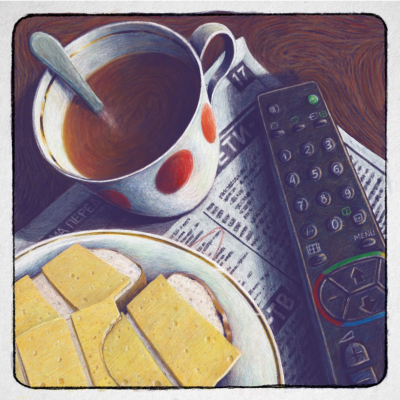The collection of Gabriele and Werner Merzbacher goes to the Kunsthaus Zürich as a long-term loan. 65 works from one of the most important private collections of modern art have been promised to the museum for at least 20 years. The paintings represent the leading art movements of the late 19th — 20th centuries: Impressionism
, Post-Impressionism
and Fauvism
, the ‘Brücke' and the ‘Blauer Reiter' groups, and many more.
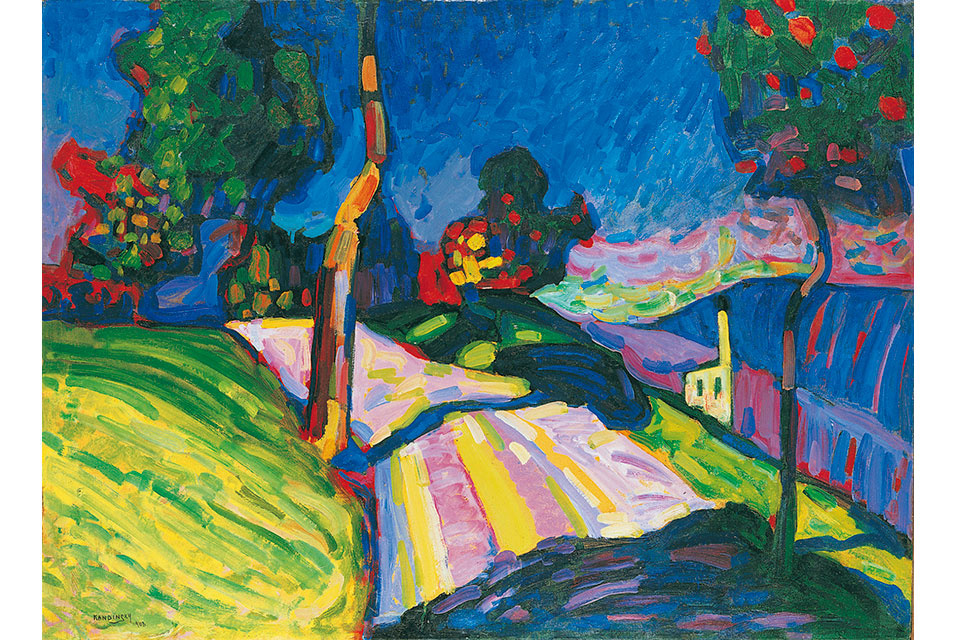
The Kunsthaus Zürich has recently announced that artworks from the Gabriele and Werner Merzbacher collection will be coming to the museum as part of a long-term loan agreement. The generous loan was offered as a gesture of gratitude to Zurich and Switzerland by Werner Merzbacher who was born in Oehringen, Germany, in 1928 and came to Switzerland as a child refugee in 1939. His both parents were killed during Holocaust in Europe and he was raised by two Christian ladies in Zurich, where he was awarded a scholarship for middle school.
After the World War II, Switzerland refused to naturalize Werner, and he emigrated to the United States in 1949. He made a brilliant career in the fur trade there and moved back to Zurich with his wife Gabrielle Mayer and their three children in 1964. It was the time when the couple began to collect artworks at their own preferences—they preferred intensity of color and emotional expressiveness in paintings—and their persistent passion produced the world’s most significant private collection of modern art.
After the World War II, Switzerland refused to naturalize Werner, and he emigrated to the United States in 1949. He made a brilliant career in the fur trade there and moved back to Zurich with his wife Gabrielle Mayer and their three children in 1964. It was the time when the couple began to collect artworks at their own preferences—they preferred intensity of color and emotional expressiveness in paintings—and their persistent passion produced the world’s most significant private collection of modern art.

Werner Merzbacher at the exhibition of his collection Color Gone Wild in the Israel Museum, Jerusalem. July, 2013. Photo: Ulrike Schleicher/ DW
Part of the art collection of Werner Merzbacher and Gabriele Merzbacher-Mayer passed down from Gabriele’s grandfather Bernhard Mayer (1866−1946), a prosperous fur merchant and a staunch supporter of the avant-garde
. He began collecting paintings in the 1920s and amassed a small but stunning collection of modern art by Pablo Picasso, Vincent van Gogh, Paul Cézanne, Paul Klee, Henri Matisse, Pierre-Auguste Renoir, and Alexej von Jawlensky. Fortunately, Bernhard managed to save most of his collection in 1941, when fleeing from the Nazi persecution of the Jews to the United States.
Now the Gabriele and Werner Merzbacher collection amounts to almost 200 artworks, including sculptures and paintings by the leading artists from the different art movements of the late 19th and 20th centuries: Impressionism (Monet, Cézanne, Renoir), Post-Impressionism (van Gogh, Picasso), Fauvism (Derain, Matisse, Vlaminck, Braque), the ‘Brücke' (Heckel and Kirchner), Germans persecuted in the Third Reich such as Nolde, Barlach and Beckmann, ‘Blauer Reiter' members Jawlensky, Kandinsky and Münter, Italian Futurists (Severini, Boccioni), Russian Constructivists (Malevich, Goncharova and others), the Cubist Léger and Spanish artist Miró. Among the more recent artists of the 1950s to 1990s are Richard Paul Lohse and Sam Francis as well as Calder, González, Tinguely, Moore and Rickey.
Now the Gabriele and Werner Merzbacher collection amounts to almost 200 artworks, including sculptures and paintings by the leading artists from the different art movements of the late 19th and 20th centuries: Impressionism (Monet, Cézanne, Renoir), Post-Impressionism (van Gogh, Picasso), Fauvism (Derain, Matisse, Vlaminck, Braque), the ‘Brücke' (Heckel and Kirchner), Germans persecuted in the Third Reich such as Nolde, Barlach and Beckmann, ‘Blauer Reiter' members Jawlensky, Kandinsky and Münter, Italian Futurists (Severini, Boccioni), Russian Constructivists (Malevich, Goncharova and others), the Cubist Léger and Spanish artist Miró. Among the more recent artists of the 1950s to 1990s are Richard Paul Lohse and Sam Francis as well as Calder, González, Tinguely, Moore and Rickey.
The Merzbacher collection reflects aesthetic passions of Gabriele and Werner. The masterpieces are unified by their brilliantly contrasting hues and energized brushwork. Though differing in subject matter, the paintings all demonstrate freedom from the social and artistic conventions of their time and vision of art as socially and spiritually transforming.
Blooming trees
1909
The Kunsthaus Zürich was given the opportunity to view almost 200 pieces from the Merzbacher collection and select the works that best complement its own important holdings and the Bührle Collection, which also moves to the enlarged Kunsthaus from 2020.
Because Gabriele and Werner have been choosing works that touched them only, the selection coming to the Kunsthaus tells us a dual story, of both art and a family. Viewers will see the artworks that resemble characters of their owners.
Because Gabriele and Werner have been choosing works that touched them only, the selection coming to the Kunsthaus tells us a dual story, of both art and a family. Viewers will see the artworks that resemble characters of their owners.
Murnau. A Village Street
1908, 48×69.5 cm
The collection assembled by Gabriele and Werner Merzbacher has already gained an international success. It was exhibited to great acclaim, drawing hundreds of thousands to exhibitions at the Israel Museum in Jerusalem (1998/99), Yasuda Kasai Museum of Art in Tokyo (2001), and the Royal Academy in London (2002). In 2006, it was presented under the banner ‘Feast of Color' at the Kunsthaus and was seen by over 100,000 visitors during a few months. A focused examination of forty-two collection highlights was done at the Israel Museum in Jerusalem in 2013: Color Gone Wild astonished thousands of viewers by a vivid use of vibrant color as a vehicle for emotional expression.
Two Nudes on a blue sofa
1920, 50×71 cm
It seems that the collection full of bright and vivid colors was a part of an art therapy undergone by Werner who has lost his parents and his home in a very young age. The dark side of his life is tied to his birthplace—Germany. Werner Merzbacher still remembers the last postcard from his mother to him, a young boy transported to Switzerland as a Jewish refugee, in the year 1942: "We hope that soon everything will be better, in heartfelt love, your mother." But he and his brother never saw their parents again. They were murdered in a concentration camp for Jews.
Therefore, the great collection has never been shown in Germany. So far, Merzbacher rejected all requests from German museums, no matter how pleading they were.
Zurich, the place where Werner was raised and got his education, on the contrary, obtained the collector’s favor—Werner Merzbacher chose Kunsthaus Zurich to house their sixty five masterpieces for at least twenty years ahead. Zurich has paid tribute to the businessman as well: Werner Merzbacher was an honorary member of the Collection Commission of the Kunsthaus Zurich and a member of the Executive Board of the Vereinigung Zürcher Kunstfreunde (Board of the Association of Zurich Art Friends).
Therefore, the great collection has never been shown in Germany. So far, Merzbacher rejected all requests from German museums, no matter how pleading they were.
Zurich, the place where Werner was raised and got his education, on the contrary, obtained the collector’s favor—Werner Merzbacher chose Kunsthaus Zurich to house their sixty five masterpieces for at least twenty years ahead. Zurich has paid tribute to the businessman as well: Werner Merzbacher was an honorary member of the Collection Commission of the Kunsthaus Zurich and a member of the Executive Board of the Vereinigung Zürcher Kunstfreunde (Board of the Association of Zurich Art Friends).
Written on materials of Kunsthaus Zürich, art forum, artdaily.com, dw.com. Title illustration: Wassily Kandinsky, Murnau — Kohlgruberstrasse, 1908. Oil on cardboard, 71×97.5 cm. Werner and Gabriele Merzbacher Collection.






